Home>Garden Essentials>How Many Pounds Of Wheat Seed Per Acre
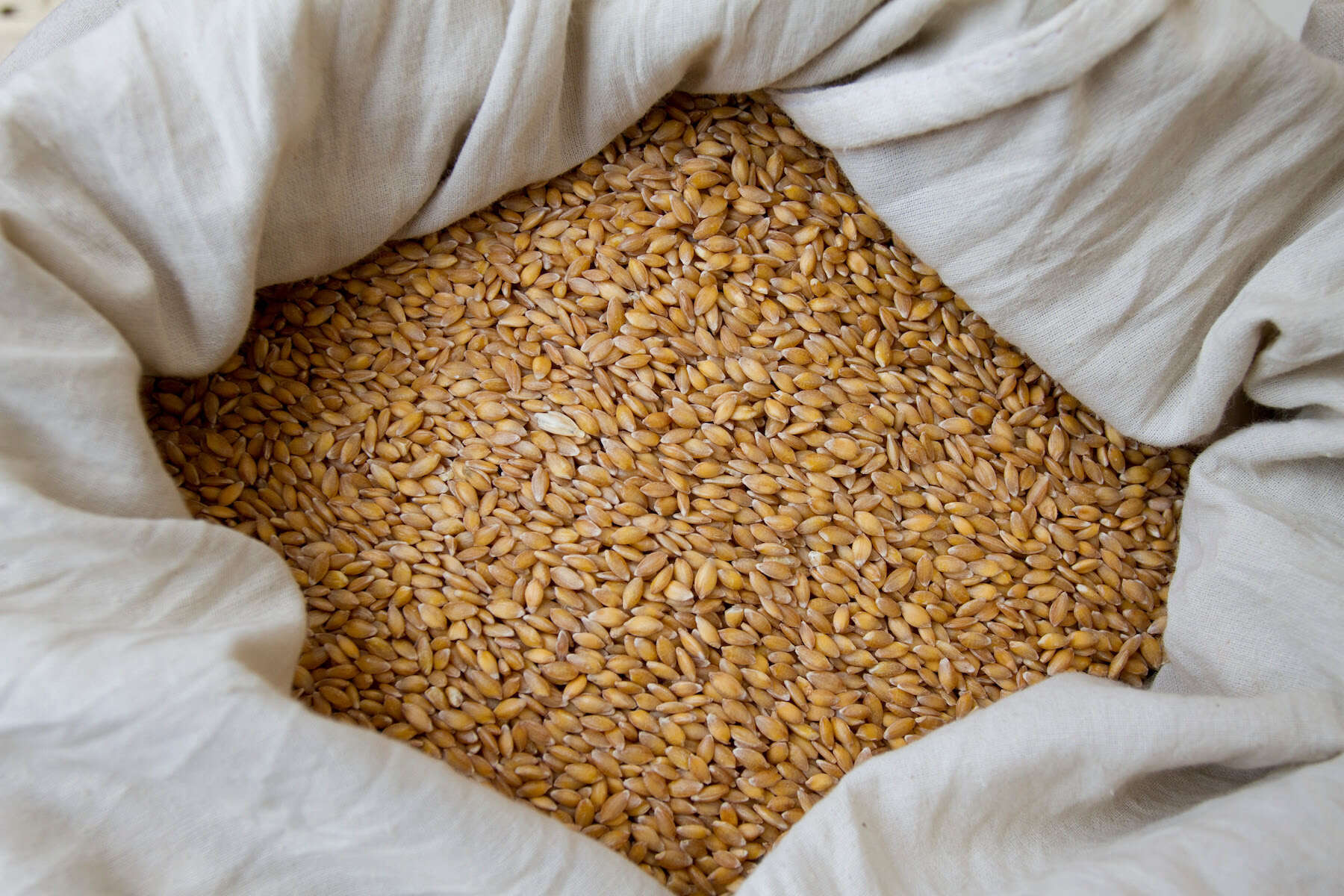

Garden Essentials
How Many Pounds Of Wheat Seed Per Acre
Modified: March 16, 2024
Get the most out of your garden with the right amount of pounds of wheat seed per acre. Learn the optimal planting density and enhance your harvest.
(Many of the links in this article redirect to a specific reviewed product. Your purchase of these products through affiliate links helps to generate commission for Storables.com, at no extra cost. Learn more)
Introduction
When it comes to planting wheat, determining the appropriate seed rate per acre is crucial for successful cultivation. The seed rate refers to the quantity of wheat seeds needed to be sown in a specific area to achieve optimal growth and yield.
Planting wheat at the correct seed rate ensures that each seed has enough space, nutrients, and sunlight to develop into a healthy plant. It also helps to prevent overcrowding, which can lead to poor growth, disease susceptibility, and reduced overall yield.
However, determining the exact seed rate for wheat can be influenced by various factors, including the variety of wheat, soil conditions, climate, and the farmer’s objectives. In this article, we will explore these factors and provide some recommended seed rates for wheat cultivation.
Let’s dig deeper into the factors to consider when determining the appropriate seed rate for planting wheat.
Key Takeaways:
- Planting the right amount of wheat seeds per acre is crucial for healthy growth and maximum yield. Factors like wheat variety, soil conditions, and climate influence the ideal seed rate.
- Adjusting seed rates based on seed quality, soil conditions, and desired plant density can improve wheat cultivation success. Implementing proper seeding techniques also enhances germination and plant distribution.
Read more: How Many Pounds Of Ryegrass Seed Per Acre
Factors to Consider
Several factors should be taken into account when determining the ideal seed rate for wheat planting:
- Wheat Variety: Different wheat varieties have unique characteristics such as genetic potential, plant height, and tillering ability. Some varieties require a higher seed rate to achieve optimal plant density and yield, while others may thrive with a lower seed rate. It is essential to consider the specific traits of the chosen wheat variety.
- Soil Conditions: The fertility and texture of the soil play a significant role in determining the ideal seed rate. Soil fertility affects plant growth and nutrient availability, while soil texture affects water retention and root development. For example, in sandy soils with lower water-holding capacity, a slightly higher seed rate may be necessary to compensate for the increased risk of moisture stress.
- Climate: Climate conditions, including temperature, rainfall, and photoperiod, can impact plant growth and development. Understanding the climate patterns in your region is essential for determining the appropriate seed rate. In areas with shorter growing seasons or cooler temperatures, a higher seed rate may be necessary to ensure sufficient plant establishment and maximize yield potential.
- Farmers’ Objectives: The objectives of the farmer play a vital role in determining the seed rate. Are you planting wheat for forage, grain production, or cover crop purposes? Each objective may require a different seed rate to achieve the desired outcome. For example, if your goal is maximum grain production, a higher seed rate may be necessary to maximize yield potential.
By carefully considering these factors, farmers can determine the appropriate seed rate for their specific circumstances. However, it is important to note that these factors are not exhaustive, and other factors such as weed pressure, disease prevalence, and machinery availability should also be taken into account.
With an understanding of the factors to consider, let’s explore some recommended seed rates for planting wheat.
Recommended Seed Rates
While the ideal seed rate for wheat can vary depending on factors such as variety, soil conditions, and climate, here are some general recommendations:
- Conventional Tillage: In traditional tillage systems, where the soil is prepared by plowing and harrowing, a common seed rate for wheat ranges from 90 to 120 pounds per acre. This seed rate allows for proper seed-to-soil contact and facilitates uniform germination and plant establishment.
- No-Till or Minimum Tillage: In conservation tillage systems, where the soil is left undisturbed or minimally disturbed, a slightly higher seed rate of 120 to 150 pounds per acre may be necessary. The increased seed rate compensates for potentially lower seed-to-soil contact and ensures enough plants emerge from the soil to achieve a desired stand density.
- Seed Size: Another consideration when determining the seed rate is the size or weight of the seed itself. Larger seeds generally require a lower seed rate per acre, while smaller seeds may necessitate a higher seed rate. It is crucial to consult the seed supplier or reference the seed bag for specific recommendations based on seed size.
- Seed Quality: High-quality seed is essential for achieving a desirable stand and maximizing yield potential. When using certified seed, which has been tested for purity and germination, the recommended seed rate can be adjusted slightly lower than with non-certified seed.
It is important to note that these recommendations are not definitive but provide a starting point for determining the appropriate seed rate. Local expertise, agricultural extension services, and seed suppliers can offer more specific recommendations based on local conditions and the specific goals of the farmer.
Seed rate adjustments may be necessary based on individual farm characteristics and the desired outcome. Let’s delve into some of these adjustments in the next section.
For wheat, the recommended seeding rate is typically 60-120 pounds per acre. Factors like soil type and climate can affect the ideal seeding rate, so it’s best to consult with local agricultural experts for specific recommendations.
Seed Rate Adjustments
While the recommended seed rates mentioned earlier provide a good starting point for wheat planting, it is crucial to consider certain adjustments based on specific conditions and objectives. Here are some seed rate adjustments to consider:
- Seed Quality: If the quality of the seed is lower than desired, it is recommended to increase the seed rate to compensate for potential poor germination or lower vigor. This ensures an adequate stand establishment and helps achieve the desired plant density.
- Seedbed Conditions: In fields with less-than-ideal seedbed conditions, such as compacted soil or excessive residue, increasing the seed rate can improve the chances of successful germination and emergence. The extra seeds compensate for potential losses due to poor soil contact or limited seed-to-soil moisture contact.
- Desired Stand Density: The desired plant population or stand density may vary depending on factors such as yield goals, weed pressure, and disease susceptibility. In situations where a higher stand density is desired, adjusting the seed rate upwards can help achieve the desired outcome. This is particularly important when planting wheat as a cover crop to maximize ground coverage and weed suppression.
- Seed Treatment: Some seed treatments like fungicides or insecticides can affect germination and emergence. If using treated seeds, it is advisable to consult with your seed supplier or agronomist for specific recommendations on adjusting the seed rate.
Keep in mind that while increasing the seed rate can be beneficial, it is important not to exceed the optimal plant density. Overcrowded plants can compete for resources, leading to reduced tillering, increased disease risk, and potential yield loss. Therefore, it is crucial to always assess the seed rate adjustment based on the specific conditions and objectives of your wheat cultivation.
Now that we have considered the seed rate adjustments, let’s move on to exploring some wheat seeding techniques that can aid in achieving optimal seed-to-soil contact and uniform plant distribution.
Wheat Seeding Techniques
Implementing effective seeding techniques is essential to ensure proper seed-to-soil contact, uniform seed distribution, and optimal germination. Here are some wheat seeding techniques to consider:
- Row Spacing: The spacing between rows can impact plant density and overall yield. In general, a row spacing of 6 to 10 inches is recommended for wheat planting. Narrower row spacing allows for more plants per acre, resulting in higher plant density and potentially increased yield.
- Seeding Depth: Planting the wheat seeds at the correct depth is crucial for successful germination. The recommended seeding depth for wheat is approximately 1 to 1.5 inches. Planting too shallow can expose the seeds to unfavorable weather conditions, while planting too deep may hinder emergence. It is essential to adjust the seeding depth based on soil moisture conditions and local recommendations.
- Seed Placement: Proper seed placement helps ensure optimal seed-to-soil contact and germination. Using a well-maintained seed drill or planter can help achieve consistent seed placement at the desired depth and spacing. This improves accuracy and reduces seed-to-seed competition for resources.
- Calibration: Regularly calibrating and maintaining seeding equipment is critical for achieving accurate seed rates and uniform seed distribution. This involves adjusting the seeding rate on the equipment based on seed size, ensuring consistent seed metering, and checking seed placement periodically during planting.
- Seeding Timing: Seeding wheat at the appropriate time can contribute to successful establishment and growth. Factors such as local climate, soil moisture, and the desired harvest window should be considered. In general, planting in the fall when soil temperatures have cooled but before frost sets in is recommended for most regions.
By implementing these seeding techniques, farmers can improve seed-to-soil contact, enhance germination rates, and achieve a more uniform plant stand. It is important to adapt these techniques based on the specific conditions and recommendations of your region.
Now, let’s conclude our discussion on wheat seed rates and briefly summarize the key points we’ve covered.
Read more: How Many Pounds Per Acre For Grass Seed
Conclusion
Determining the appropriate seed rate per acre is a crucial factor for successful wheat cultivation. Several considerations, such as wheat variety, soil conditions, climate, and farmers’ objectives, influence the ideal seed rate. By carefully assessing these factors, farmers can make informed decisions about the seed rate for their wheat crops.
Recommended seed rates for conventional tillage systems generally range from 90 to 120 pounds per acre, while no-till or minimum tillage systems may require slightly higher rates of 120 to 150 pounds per acre. Seed size and quality should also be taken into account when determining the seed rate.
It is important to adjust the seed rate based on specific conditions and objectives. Factors such as seed quality, seedbed conditions, desired stand density, and seed treatment can all influence seed rate adjustments. However, it is crucial not to exceed the optimal plant density, as overcrowding can have negative consequences on plant health and yield.
Implementing proper seeding techniques such as row spacing, seeding depth, seed placement, calibration, and seeding timing can help optimize seed-to-soil contact, achieve uniform plant distribution, and improve overall germination rates.
Remember, these recommendations serve as a general guide, and farmers should consult with local experts, seed suppliers, and agricultural extension services for specific recommendations tailored to their region and circumstances.
By carefully considering seed rates and implementing effective seeding techniques, farmers can enhance the success of their wheat crops, achieve optimal plant density, and maximize yield potential.
Happy planting and may your wheat harvest be bountiful!
Frequently Asked Questions about How Many Pounds Of Wheat Seed Per Acre
Was this page helpful?
At Storables.com, we guarantee accurate and reliable information. Our content, validated by Expert Board Contributors, is crafted following stringent Editorial Policies. We're committed to providing you with well-researched, expert-backed insights for all your informational needs.
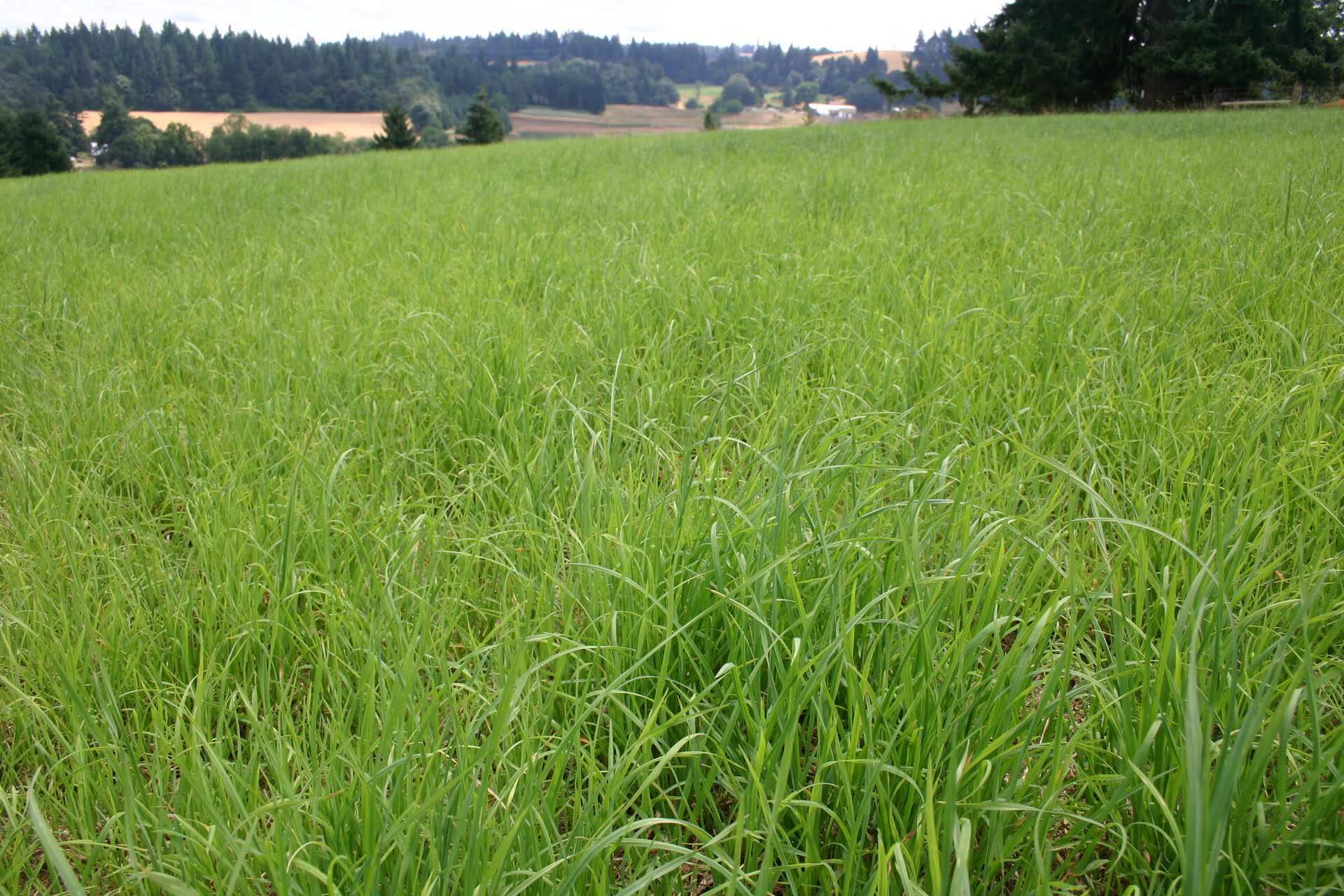
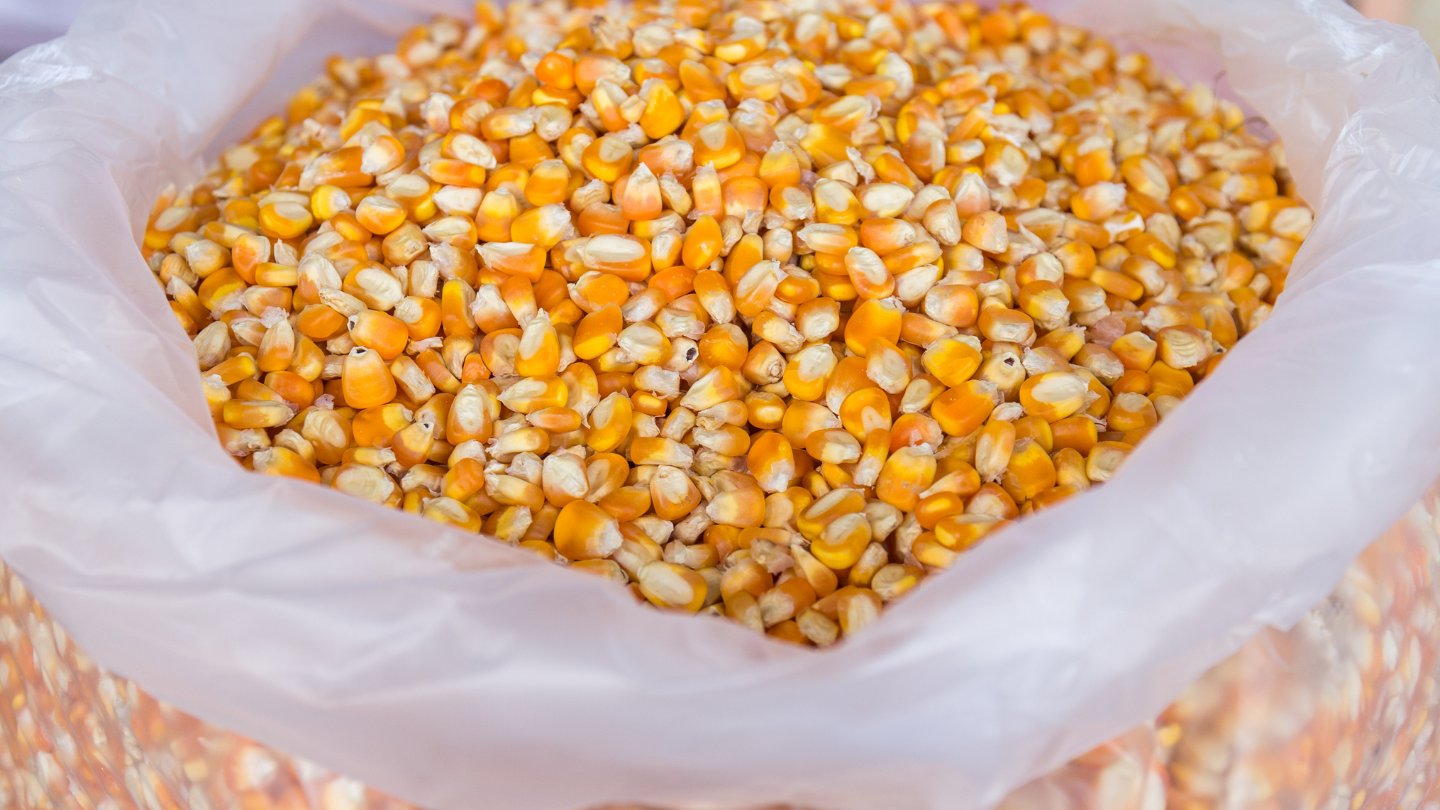
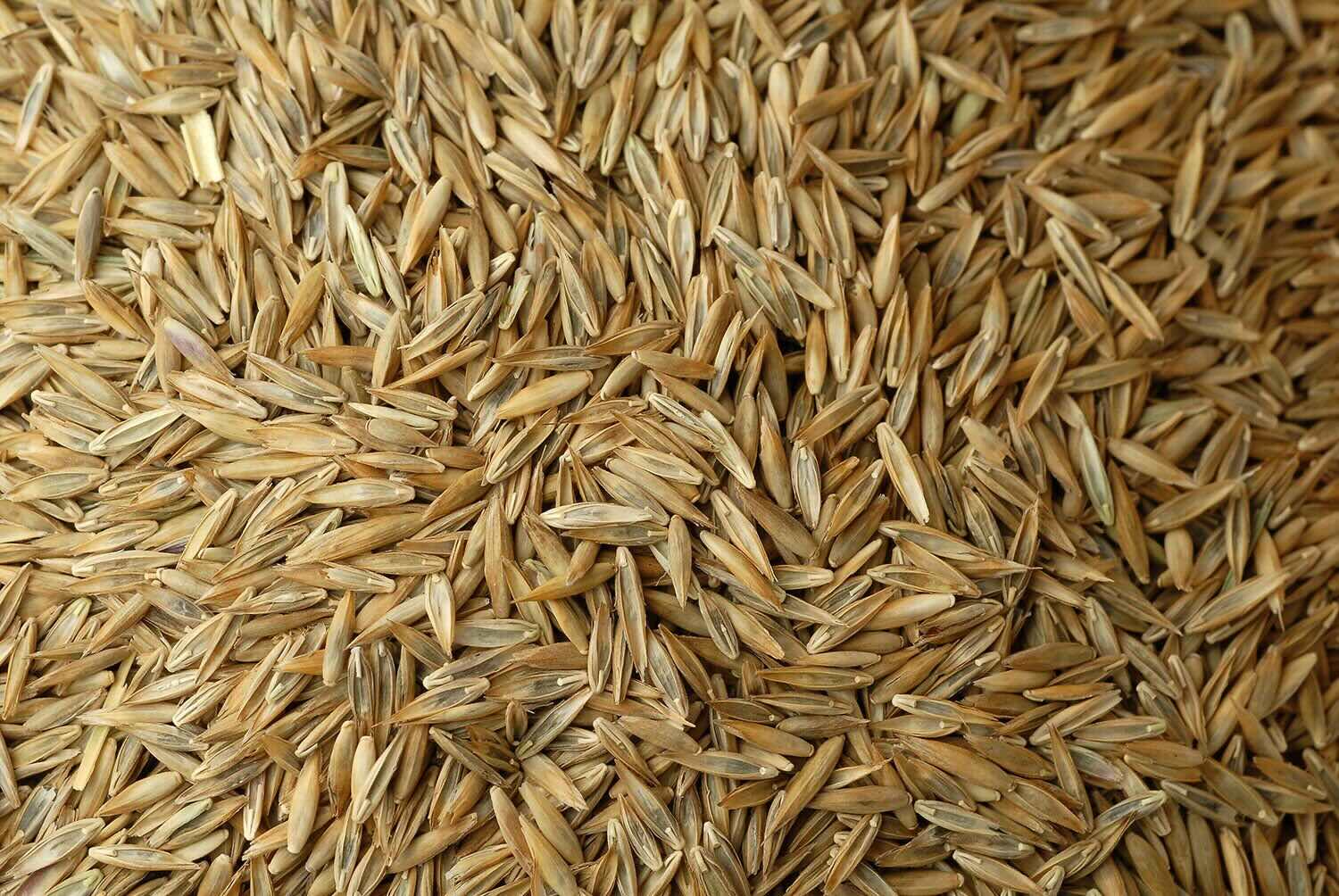
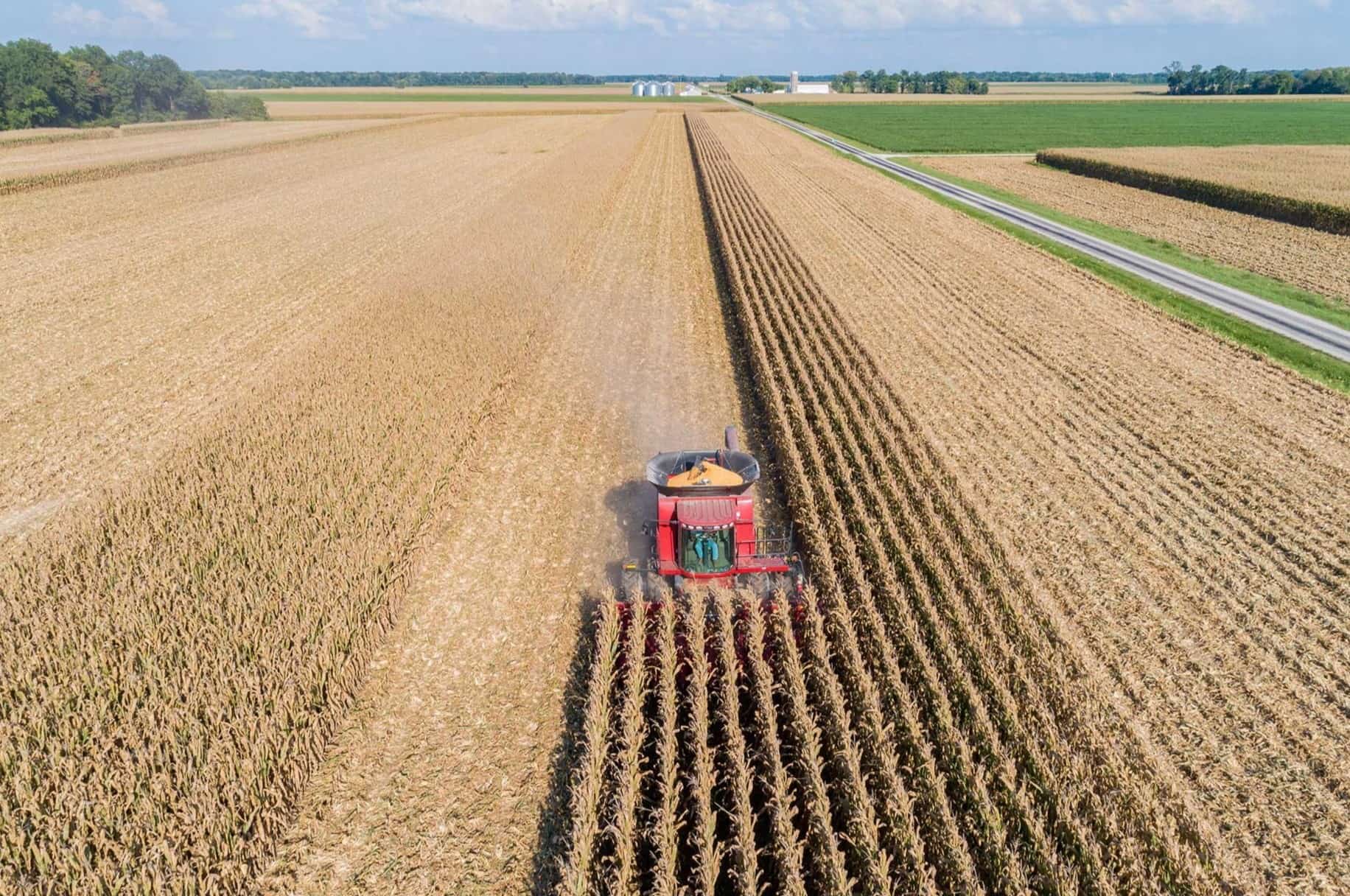
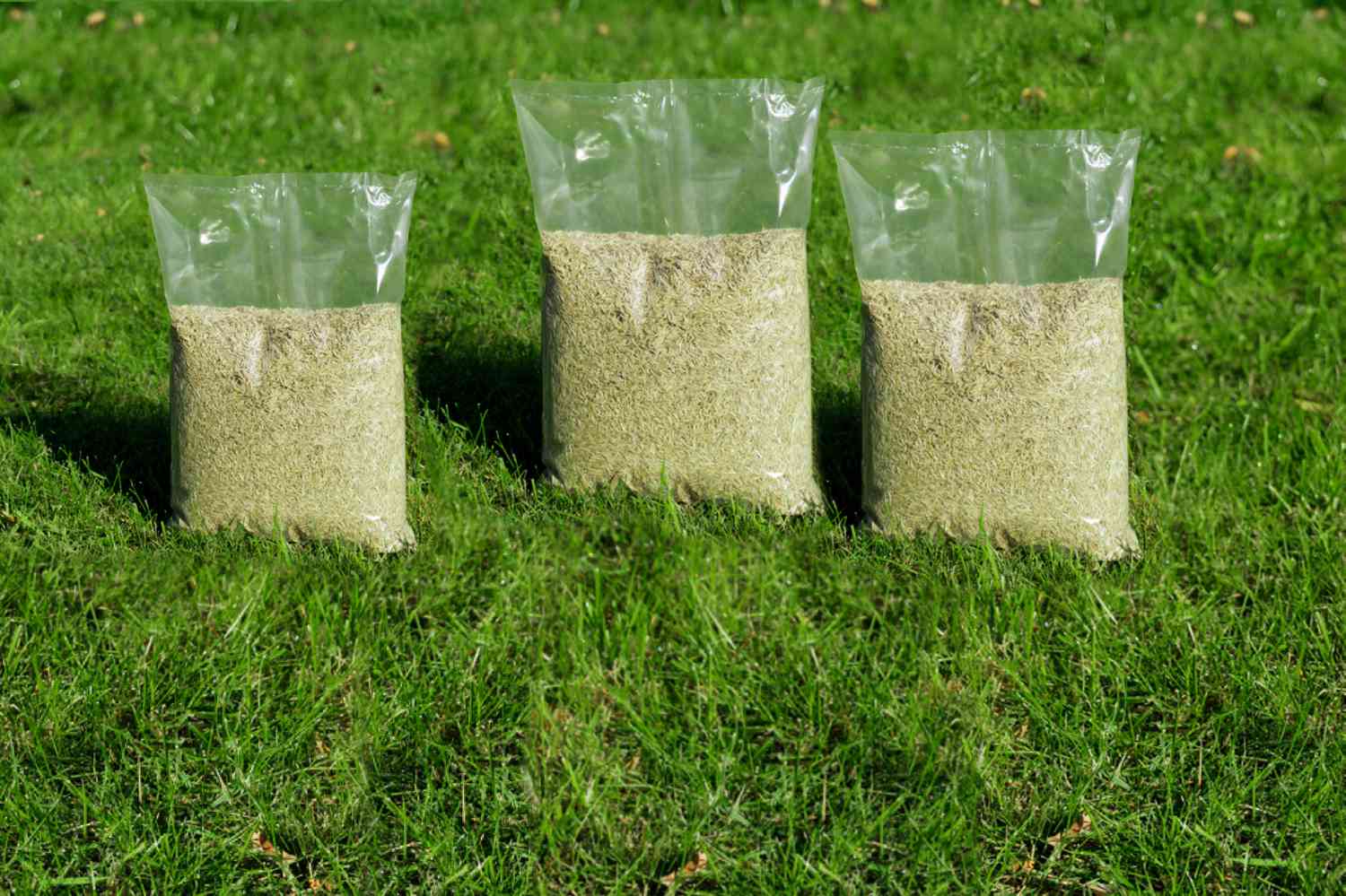

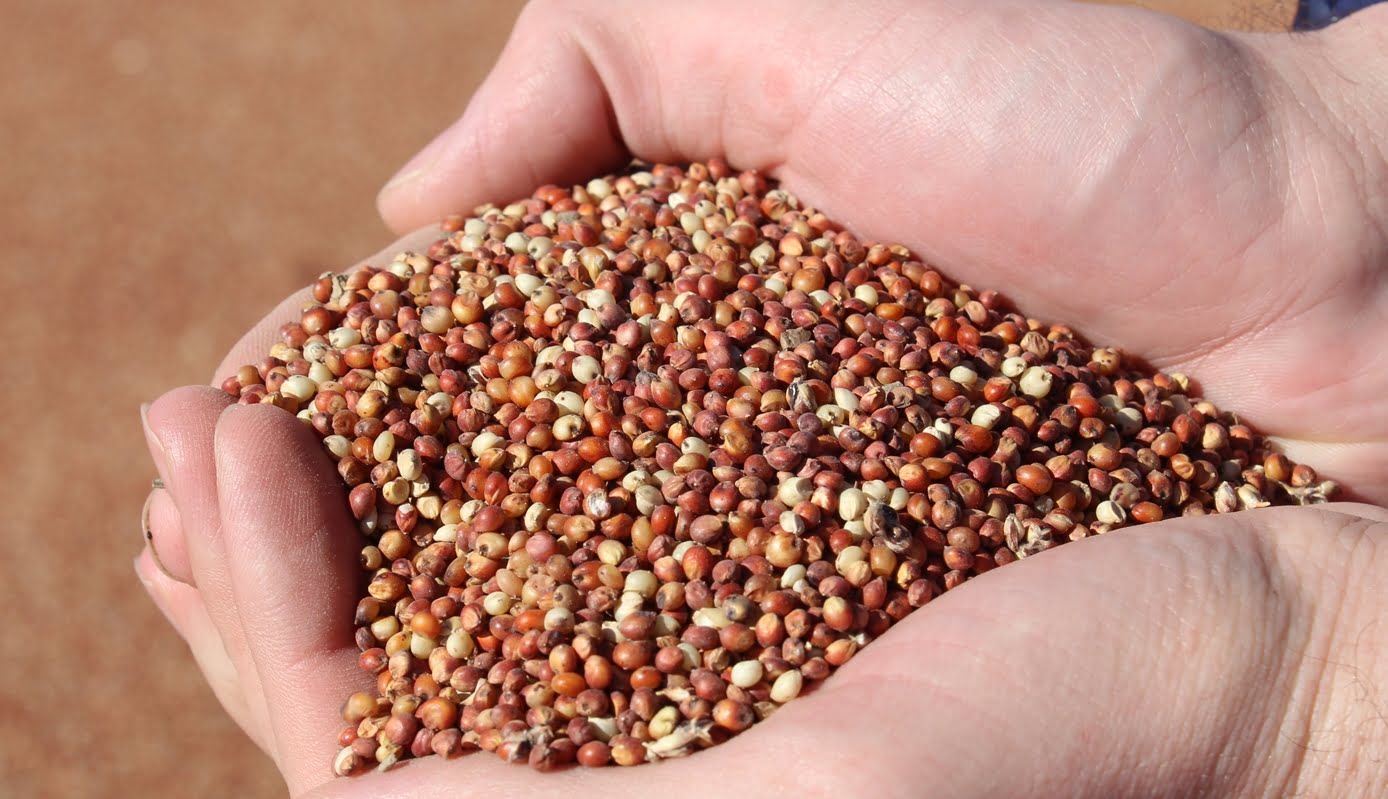


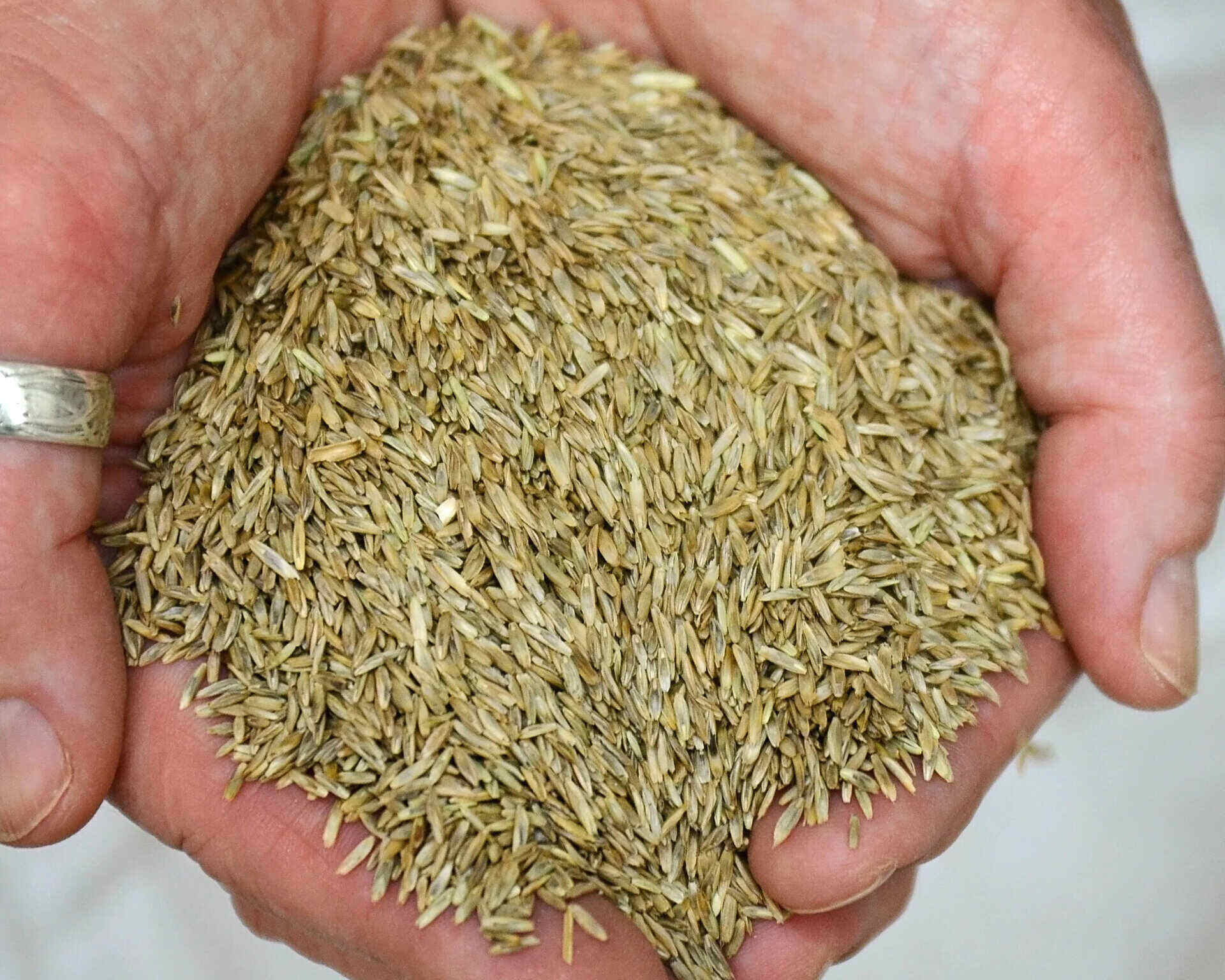
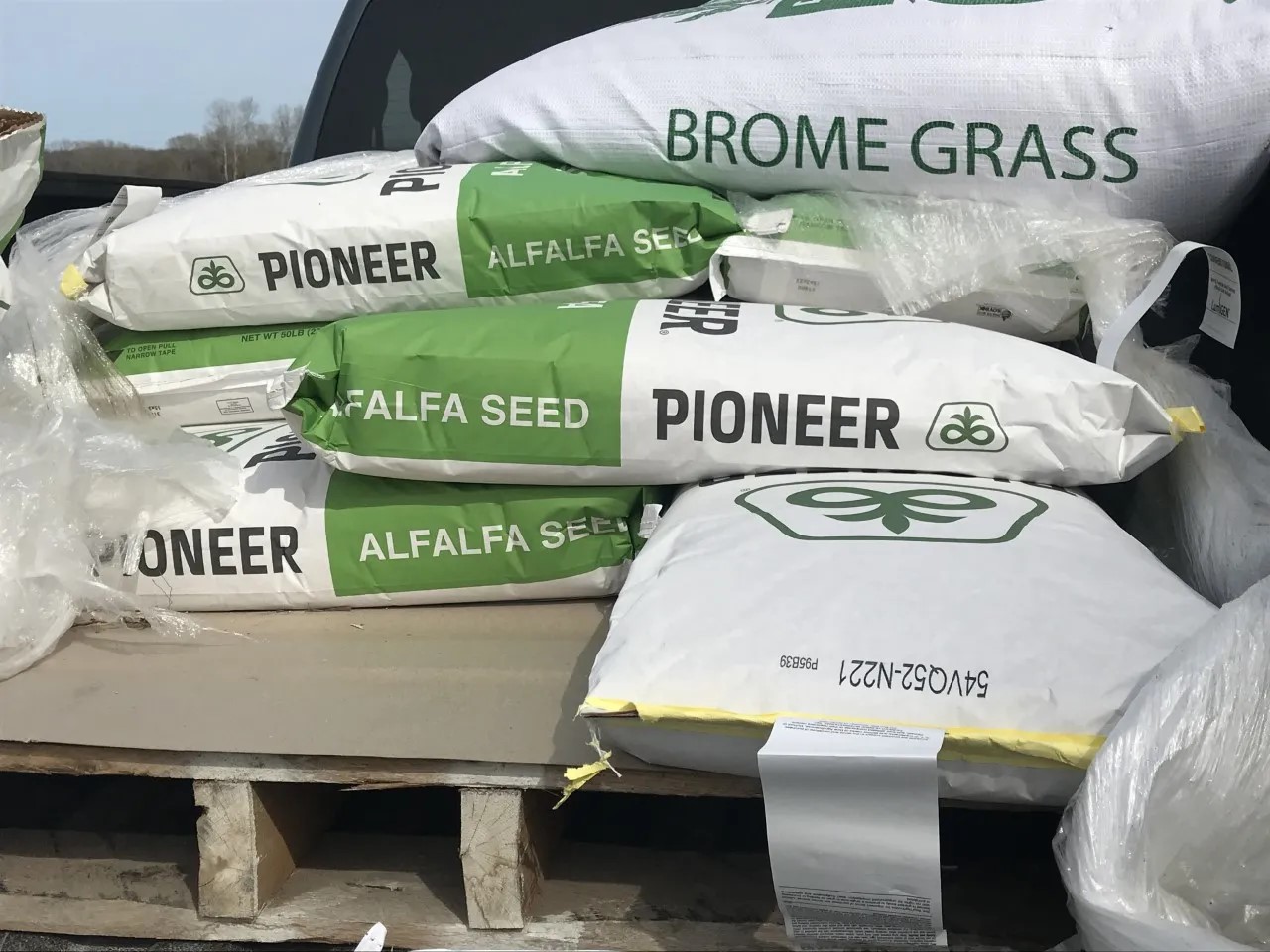
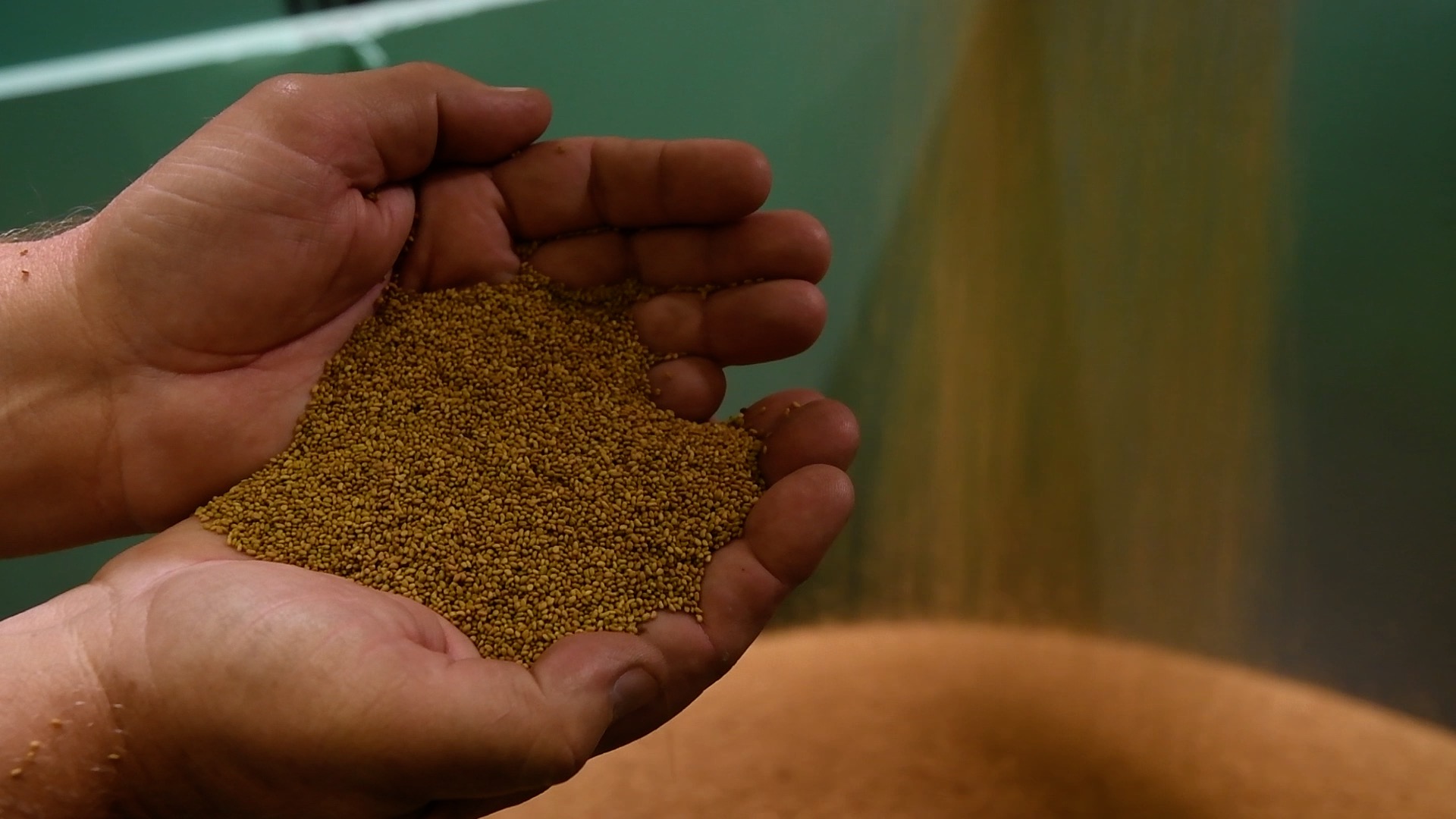
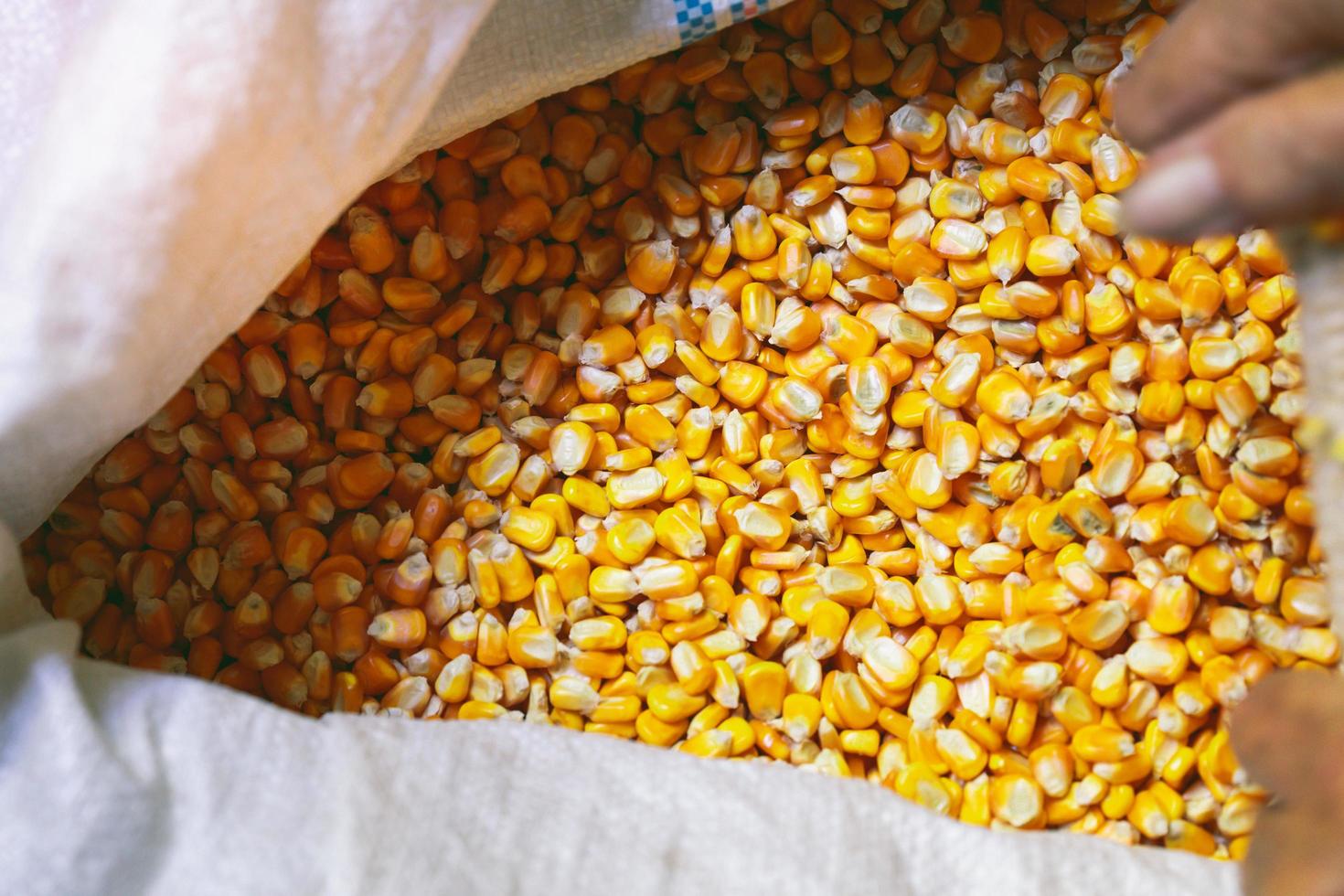
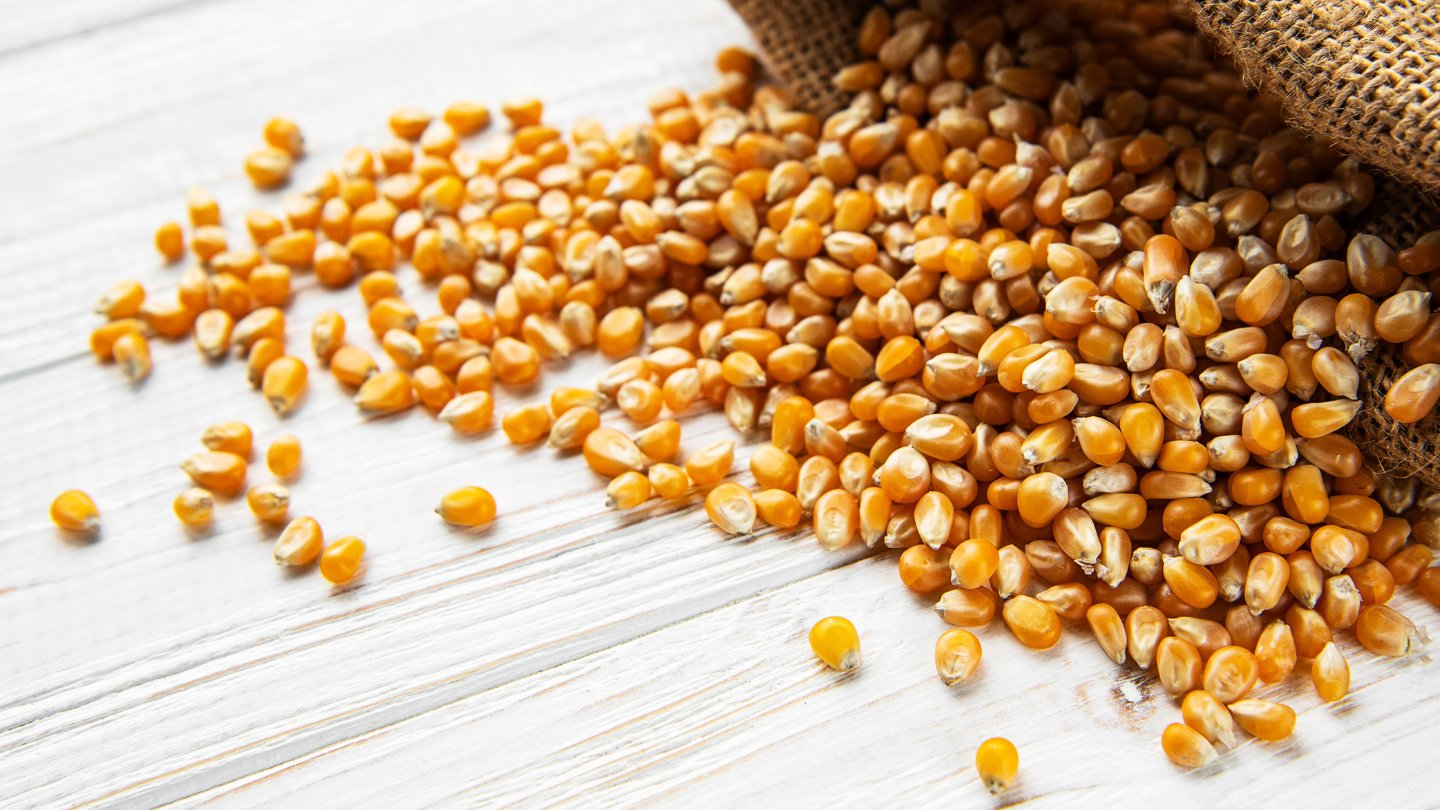

0 thoughts on “How Many Pounds Of Wheat Seed Per Acre”